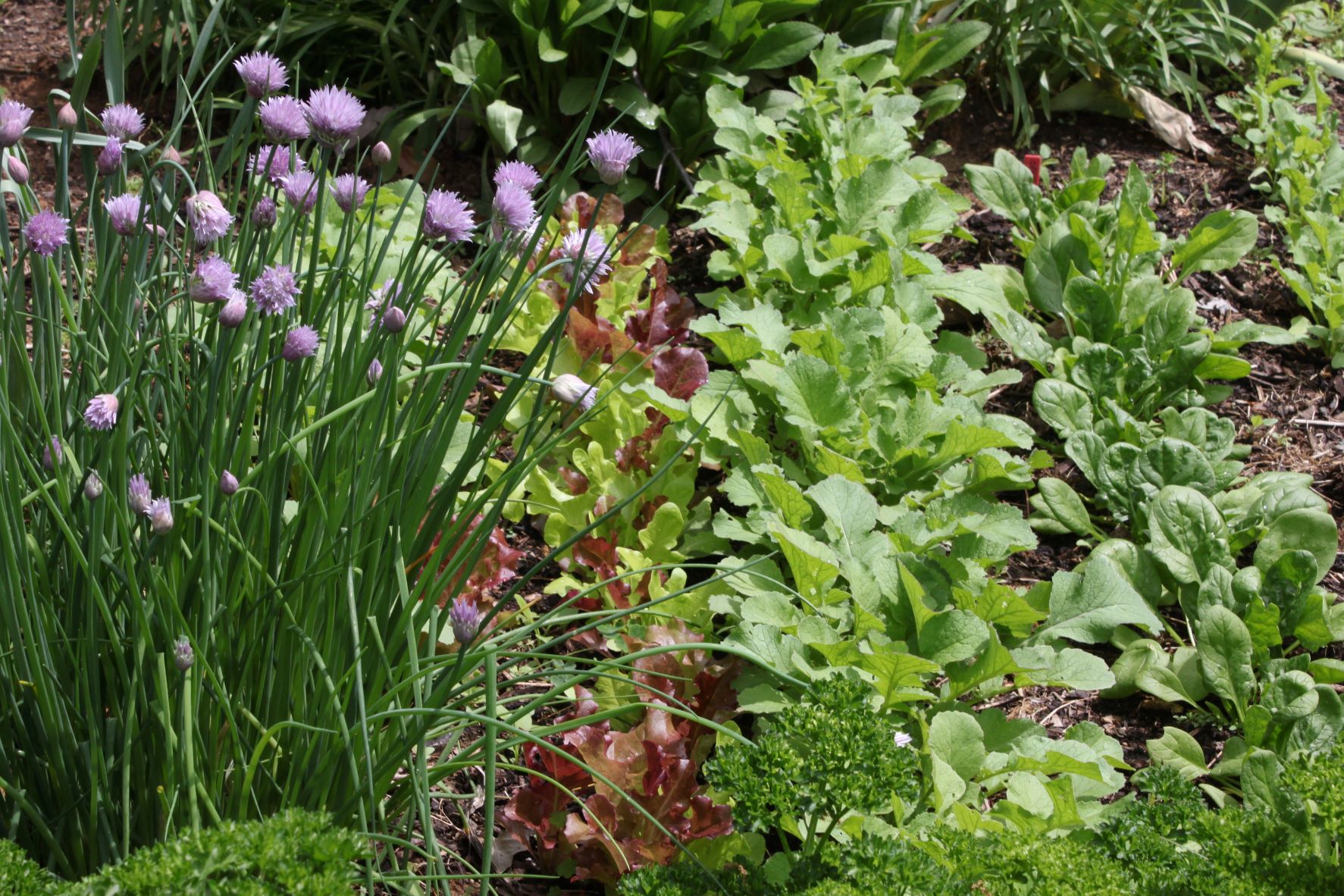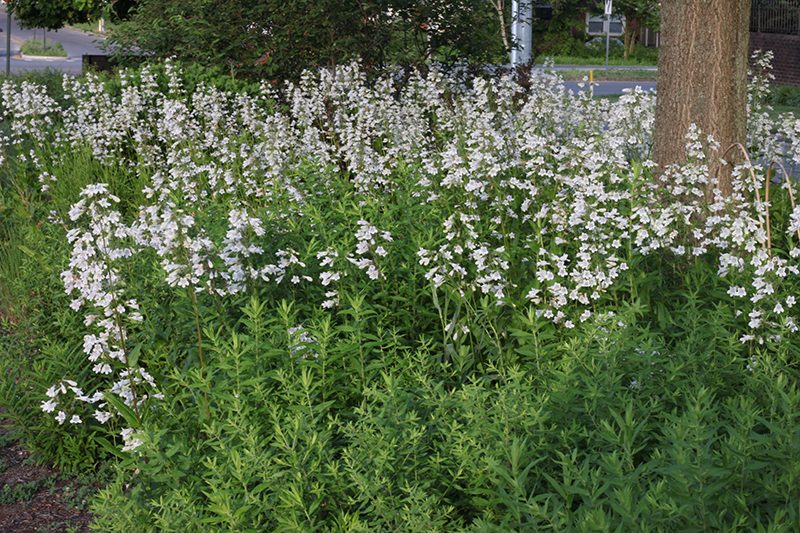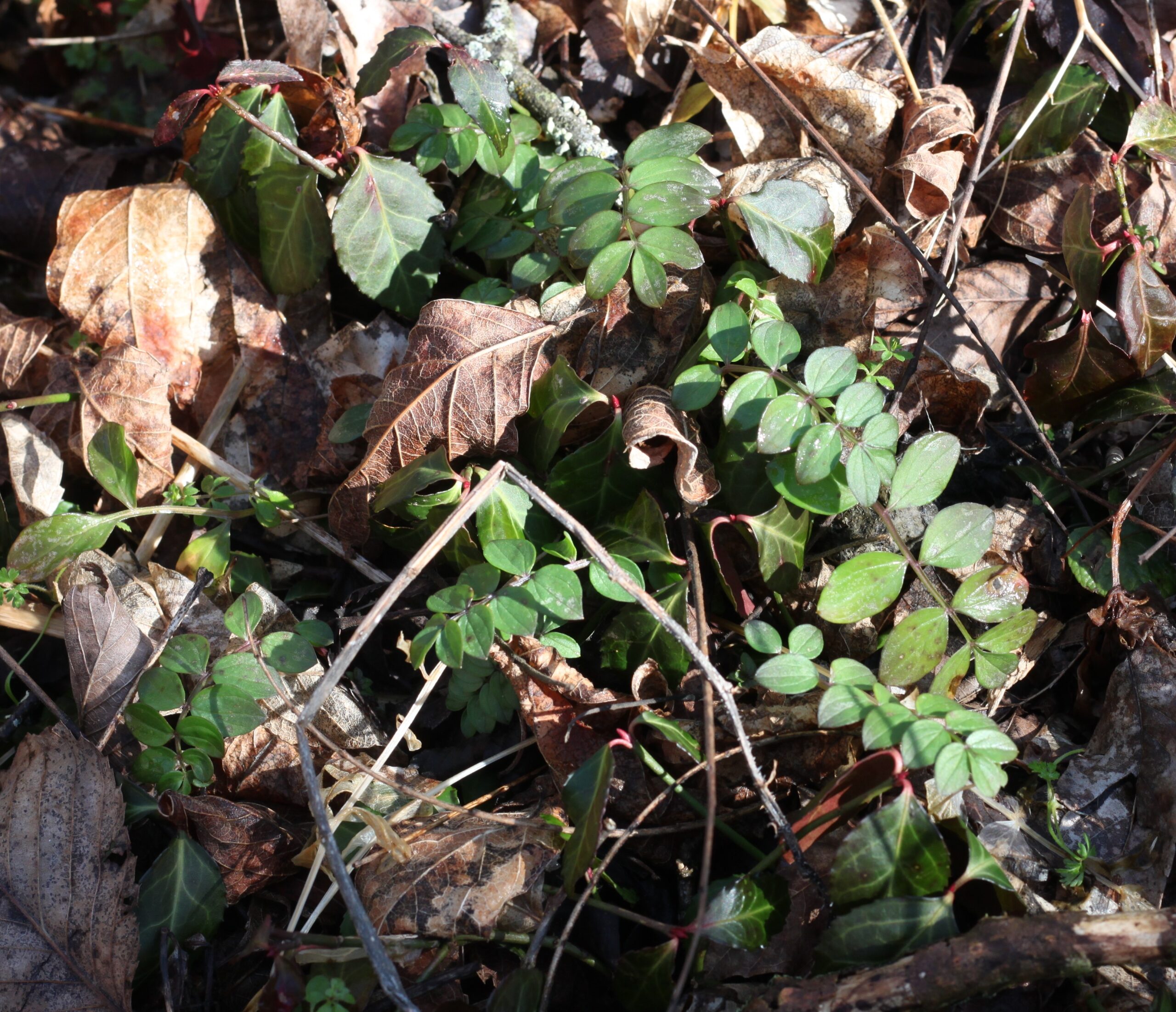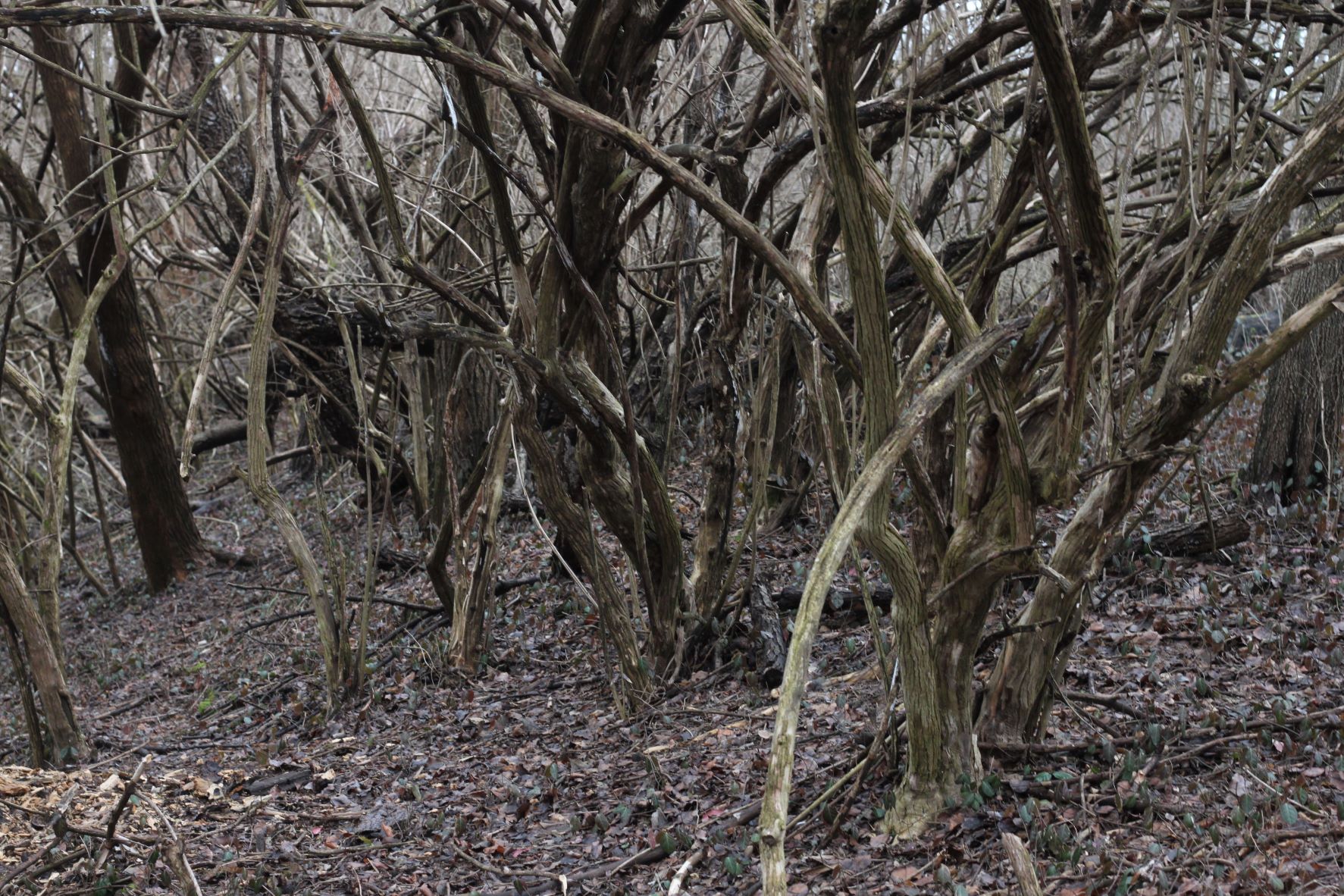by Beate Popkin
It’s a new year and it comes with new hopes, new ambitions, new projects. Our Wild Ones chapter has put together the program for 2023, and its focus is on plants. We will look at plants during garden visits, talk about plants during our program events, and, yes, eradicate plants that undermine natural diversity. Plants are the basis of life. They feed the animals (mostly herbivores) that comprise the vast majority of species in the animal kingdom.
Other animals (mostly carnivores) sustain themselves on a diet of plant eaters. We humans, along with some other animals, are omnivores, which means we can digest plants as well as the meat and other products derived from animals. While our dietary options are vast, plants are still at the basis of all of them. Without plants, we would not exist. Plants also keep our earth habitable by sustaining a climate that makes it reasonably comfortable for us to live on it. Or at least they did so until recently, for we now fear that our planet will soon become a place unsuitable for human habitation. And we suspect that plants will be around less and less to help us bear up under heat, cold, drought and devastating storms, because we have altered the land which has been their habitat. The truth is, for all the benefits we derive from plants, we don’t treat them with much respect. They don’t fit well into our urban lives where we arrange ourselves surrounded by walls and pavement. When we plant them in the environments that we have created to suit ourselves but that are inhospitable for them, we nevertheless expect them to gratify us without giving them much care. We don’t often ask ourselves: in what sort of natural habitat did this plant evolve? Wild Ones is, of course, uniquely positioned to promote caring for plants. But do we really want to do that? Or do we still chase after a “low-maintenance” landscape, when we engage ourselves with plants? Are we hanging onto the dream that nature will basically take care of itself?
Plants also keep our earth habitable by sustaining a climate that makes it reasonably comfortable for us to live on it. Or at least they did so until recently, for we now fear that our planet will soon become a place unsuitable for human habitation. And we suspect that plants will be around less and less to help us bear up under heat, cold, drought and devastating storms, because we have altered the land which has been their habitat. The truth is, for all the benefits we derive from plants, we don’t treat them with much respect. They don’t fit well into our urban lives where we arrange ourselves surrounded by walls and pavement. When we plant them in the environments that we have created to suit ourselves but that are inhospitable for them, we nevertheless expect them to gratify us without giving them much care. We don’t often ask ourselves: in what sort of natural habitat did this plant evolve? Wild Ones is, of course, uniquely positioned to promote caring for plants. But do we really want to do that? Or do we still chase after a “low-maintenance” landscape, when we engage ourselves with plants? Are we hanging onto the dream that nature will basically take care of itself?

As urban or ex-urban dwellers, our easiest place to foster plants is in gardens, parks and nature preserves. All these places hugely need our care, our engagement, our interest, our wanting to know and understand the plants that grow there. Gardens are perhaps most the obvious places to be engaged with plants and nature. We can choose to plant the natives of our region that respond well to the soil and climate conditions where we place them. If they are happy, they will spread around by seeds or rhizomes. We’ll manage the competition from weeds as well as the competition in which they live with each other. Observing their natural habits, promoting their well-being, and helping them get along with their neighbors are the tasks of the gardener, and those tasks can be endlessly fascinating. In parks, urban greenspaces and nature preserves our ability to care for plants is much more circumscribed. The spaces are usually large and sometimes vast. In order to be involved we need to cooperate with others, but that provides opportunities for friendships and for building communities. Plant care in public spaces also requires abiding by the regulations of the entities that are in charge of them. While their rules may hem in our visions, they also provide stability for our efforts and the promise that the results of our work will last into the future.

The greatest threat to the well-being of our plants are invasives: fungi, animals, and other plants introduced from far away continents. They can kill whole species of plants outright as the chestnut blight did in the last century to a North American tree of tremendous ecological significance. More recently the emerald ash borer, has been doing the same to our native ash trees. Invasive plants introduced from elsewhere can also pose a significant threat to our native plants and their habitats. The inner Bluegrass where we live is ravaged by wintercreeper (Euonymous fortunei) which aggressively invades every nook and cranny of soil. It densely covers the ground and climbs up on trees, fences and human-made structures, where it flowers and produces seeds that the birds carry far and wide. Bush honeysuckle is our second most severe ecological threat. Both these two plants, when well establish which happens quickly, will cover a piece of ground so densely that they form a complete monoculture and other plants cannot grow there. These are the spaces that are most in need our intervention, restoration and care. Fosterin plants takes work and effort. We left the Garden of Eden with its self-sustaining landscape a long time ago. But its plants are still with us. In fact, they are close at hand. If we are prepared to care about them and to care for them, they will reward us in a multitude of ways. They will unfold their beauty to us and they will make our environment come to life again.

